The weather may seem like a relatively uninteresting topic of conversation, but extreme weather is something that can go down in history. Whether you’re looking at the record for the hottest temperature or the most snow in 24 hours, there are many weather records we hope will never be broken.
Weather is something that has impacted people since the beginning of time. From basic weather patterns to natural disasters, the weather itself can impact the livelihood of people and in extreme situations, it can even be deadly.
As technology has advanced, those in the field of meteorology have been able to more accurately understand and predict certain weather patterns. However, the idea of trying to understand and predict weather patterns isn’t new. Even philosopher Aristotle wrote about his understanding of the atmosphere, even though his methods were not necessarily scientifically accurate.
Using scientific methods to predict and understand weather patterns become more prominent between the 17th and 18th centuries. Scientists may have developed a deeper understanding of weather, but it’s still something we can’t control. When it comes to extreme weather patterns, storms, or temperatures, the effects can be devastating.
With hurricane season 2024 underway, it’s important to look back at some weather records that have impacted people worldwide. (After this article, check out the highest temperatures in the U.S. every June since 1950.)
To create a list of shocking weather records we hope are never broken, 24/7 Tempo consulted several sources including Climate.gov, the National Weather Service, and CNN. Here are seven extreme weather situations that hopefully never happen again.
Hottest Temperature Ever Recorded

- Record: 56.7°C (134°F)
- Location: Death Valley, California
- Date: July 10, 1913
While some have tried to contest the validity of the hottest temperature record, a temperature recorded in Death Valley in July 1913 is officially the highest temperature recorded. Although the temperature did reach a record high, extremely high temperatures are not unusual for this area. Death Valley is the hottest location on Earth and has an average daily temperature of 115 degrees Fahrenheit.
Coldest Temperature Ever Recorded
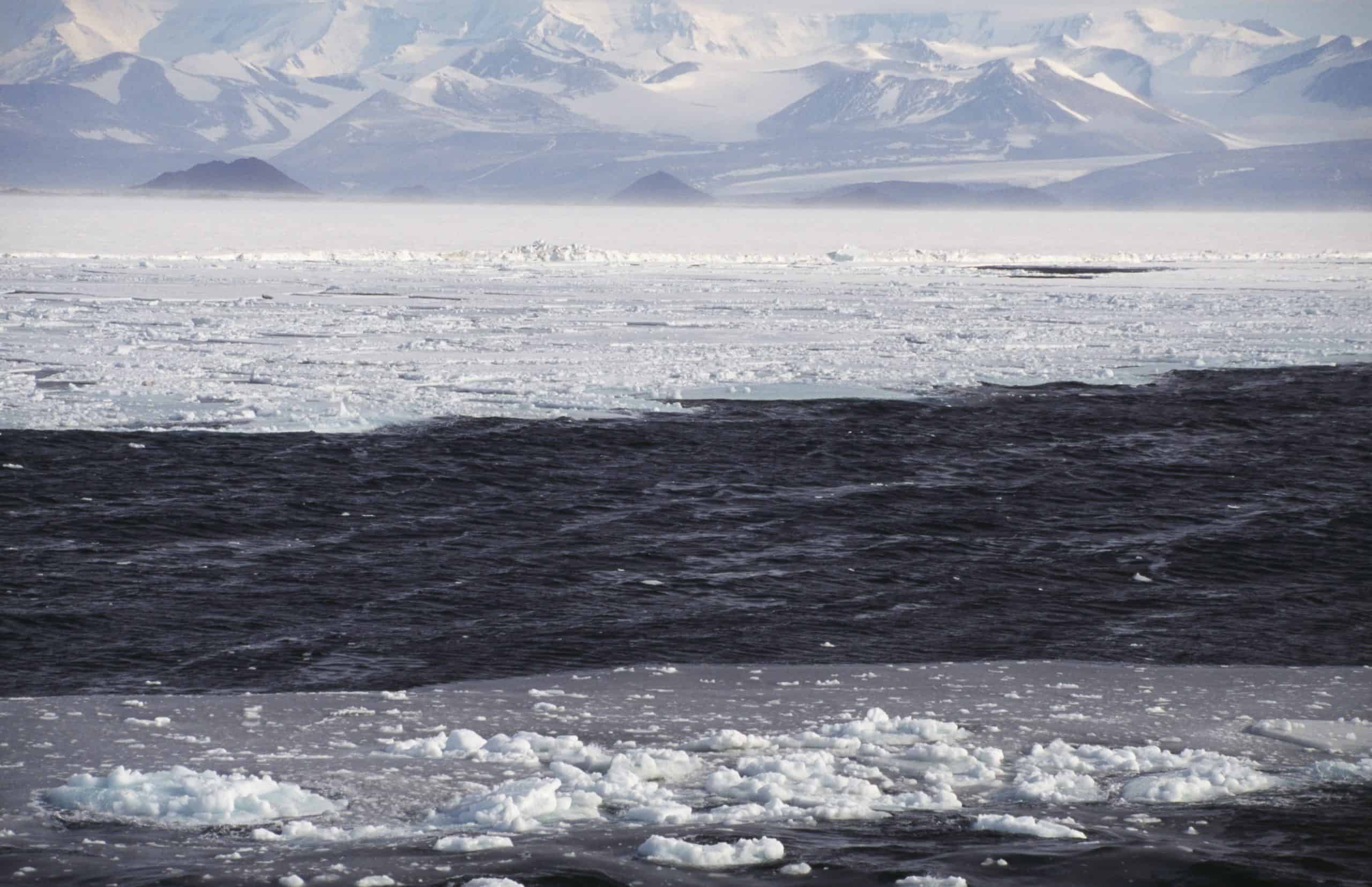
- Record: -89.2°C (-128.6°F)
- Location: Vostok, Antarctica
- Date: July 21, 1983
Depending on where you’re from, you might be used to cooler temperatures and lots of snow. However, no one could be prepared for the coldest temperature ever recorded, which took place in Antarctica in 1983. On the coldest day in Antarctica, the temperature reached a record low of -128.6 degrees Fahrenheit, beating the previous record of -127 degrees from 1960.
Most Snow in 24 Hours
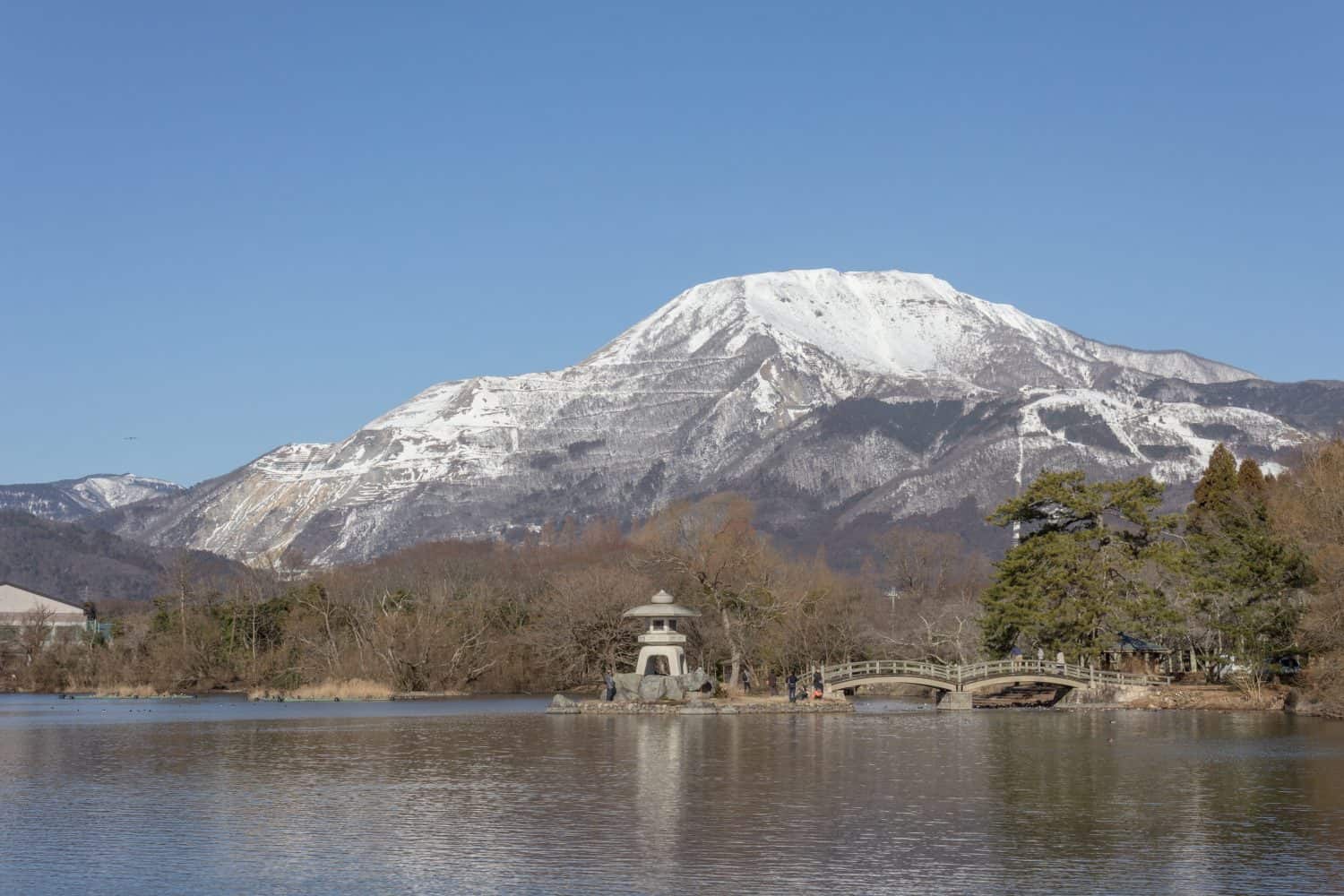
- Record: 90.6 inches (230 centimeters)
- Location: Mount Ibuki, Japan
- Date: Feb. 14, 1927
While snow is a part of living in colder climates, having over 7 feet of snow in 24 hours is enough to set a world record. On Feb. 14, 1927, 90.6 inches of snow fell on Mount Ibuki, Japan, in 24 hours. The same location and date holds the record for the deepest snowfall recorded, with a depth of 11.82 meters or 38.8 feet.
Deadliest Tornado in History

- Record: 1,300 deaths
- Location: Bangladesh
- Date: April 26, 1989
A tornado of any size can be scary for those caught in its path. There have been many extreme tornados throughout history that have caused the death of hundreds of people. However, the deadliest tornado in recorded history took place on April 26, 1989. This tornado, which happened in the Manikganj District of Bangladesh, injured at least 12,000 people, left about 80,000 homeless and killed 1,300 people.
Heaviest Hail Ever Recorded
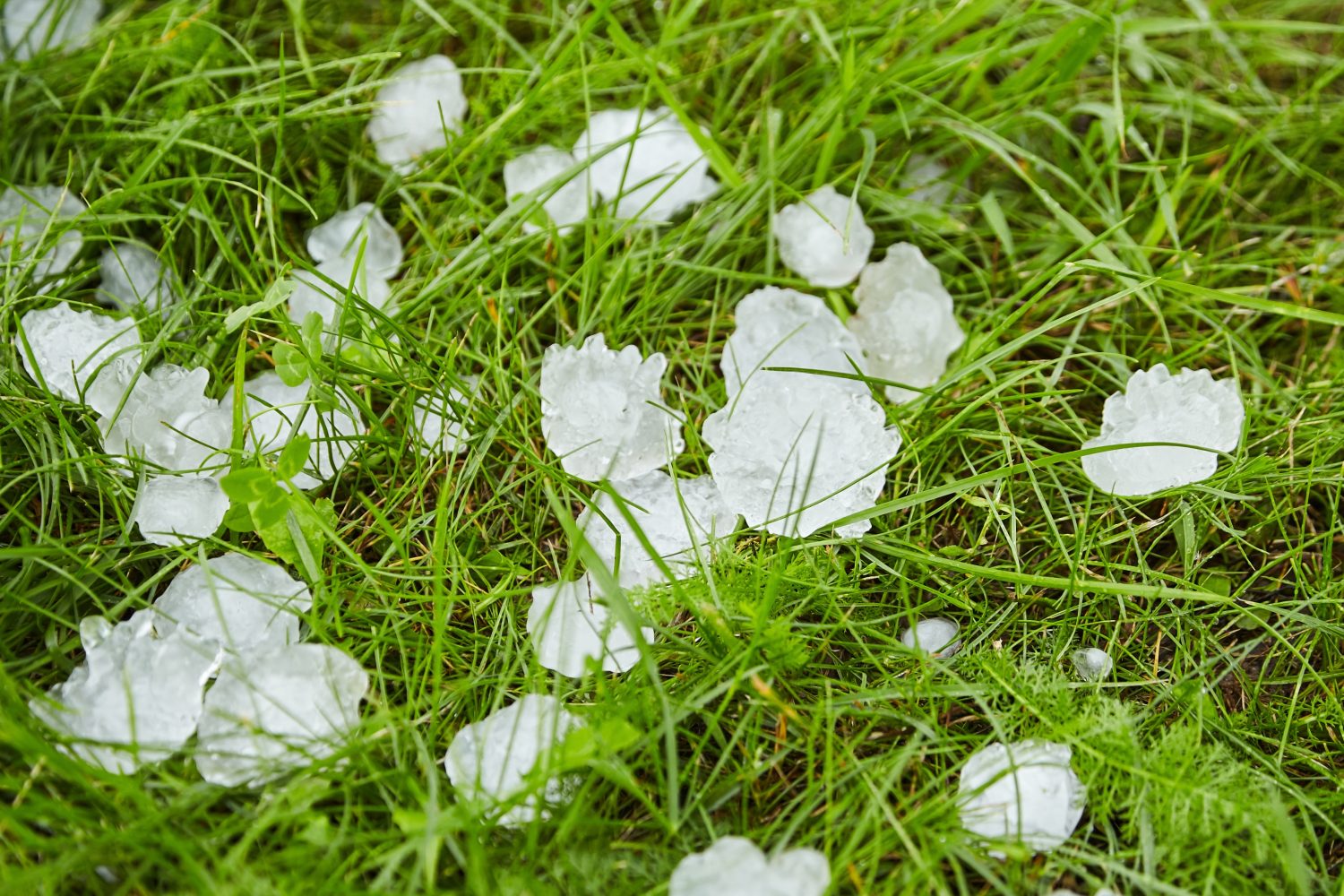
- Record: 2.25 pounds
- Location: Bangladesh
- Date: April 14, 1986
Hailstorms can be incredibly dangerous and there have been many deadly hailstorms throughout history. The heaviest hailstone ever recorded fell during a hailstorm in the Gopalganj District of Bangladesh on April 14, 1968. One hailstone during the Bangladesh storm weighed 2.25 pounds. Although it’s not part of the official record, there were stories that the hailstones were as big as pumpkins.
Longest Lasting Lightning Bolt
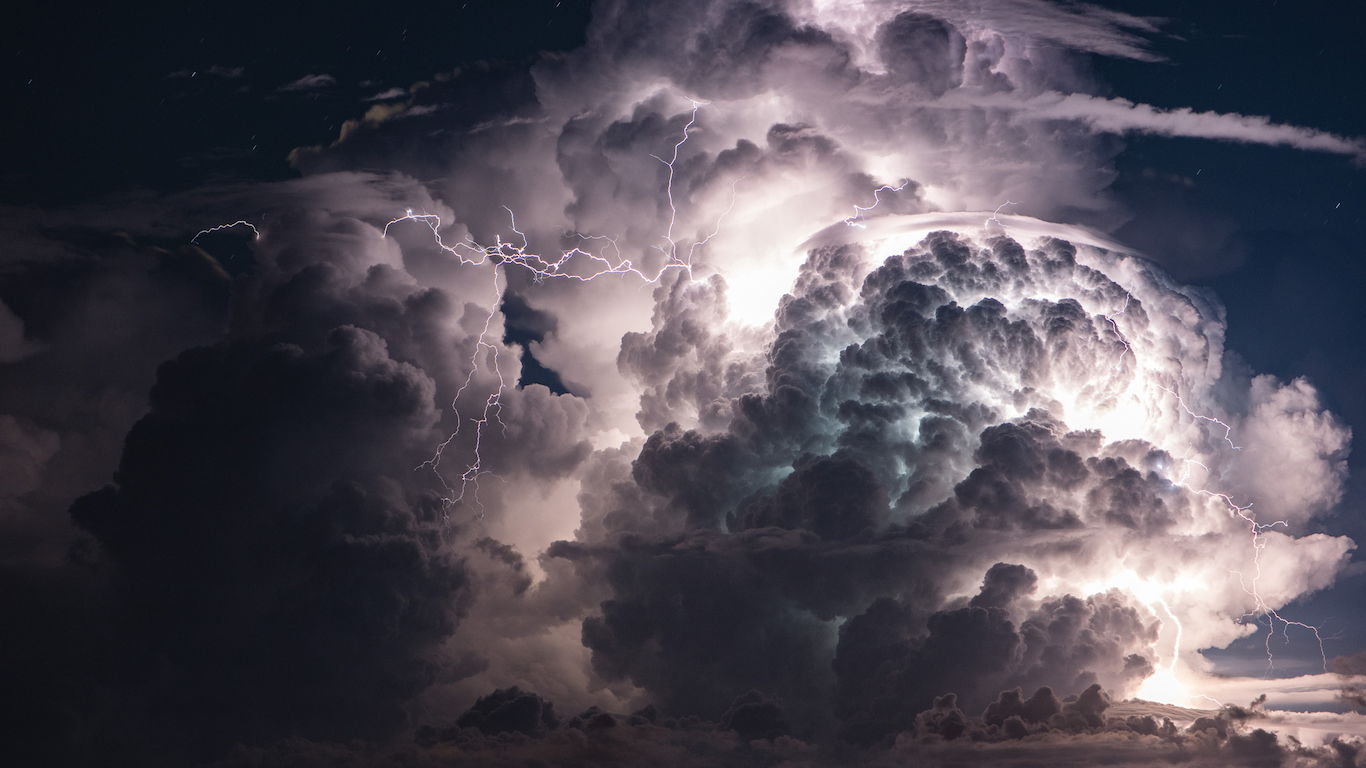
- Record: 17.1 seconds
- Location: Uruguay and Argentina
- Date: June 18, 2020
In 2020, a lightning bolt that flashed across Uruguay and northern Argentina broke a world record. This flash of lightning lasted a total of 17.1 seconds. The record-breaking lightning bolt was a cloud-to-cloud flash, which means the bolt only went from cloud to cloud and never struck the ground. The previous record was also from Argentina and lasted nearly 17 seconds.
Most Consecutive Days With Measurable Rain
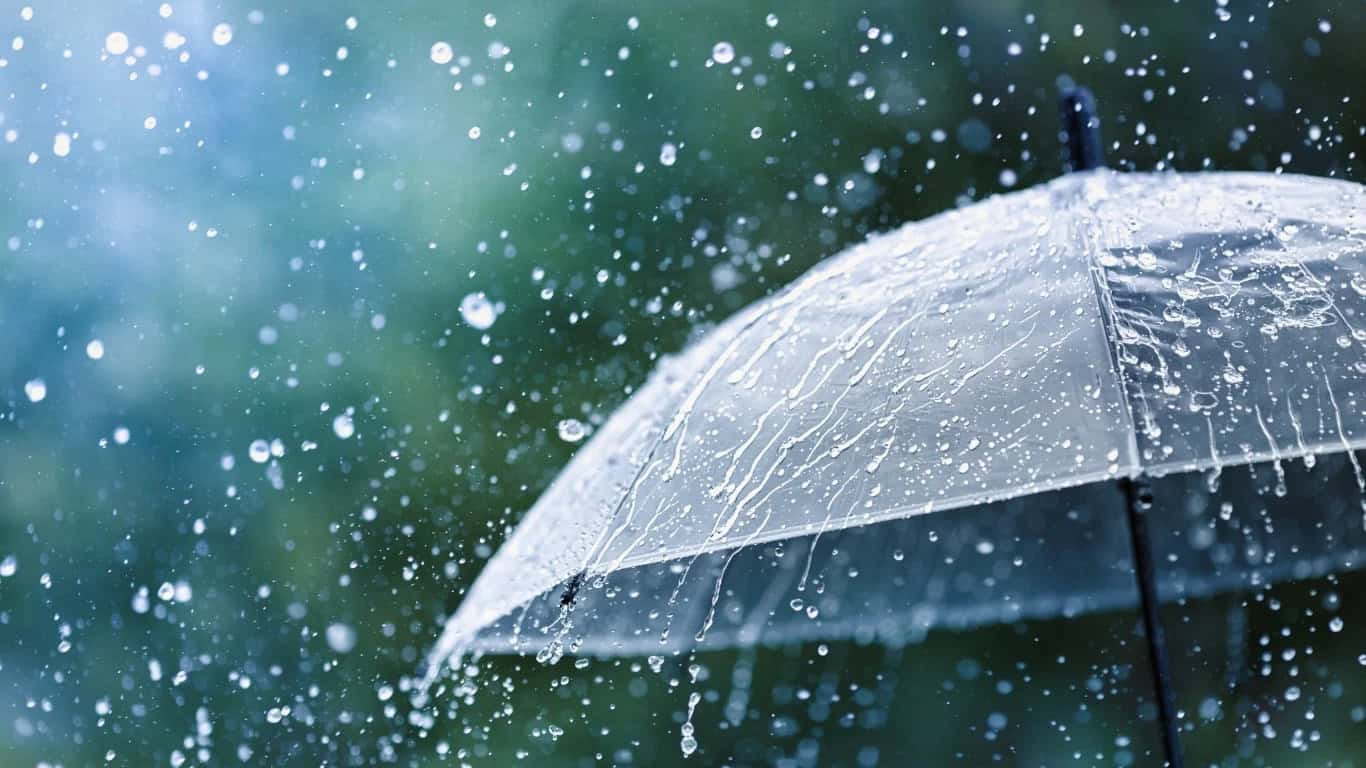
- Record: 331 days of rain
- Location: Maunawili Ranch, Oahu, Hawaii
- Date: 1939-1940
Some people love rainy days while others prefer the sunshine. Even if you enjoy the feel of a rainy day, you probably wouldn’t want rain for nearly a year straight. The record for most consecutive days with measurable rain of at least 0.01 inches per day goes to the island of Oahu in Hawaii. Between 1939 and 1940, it rained for 331 days straight on this island. (Don’t miss the average summer temperature every decade since 1895.)